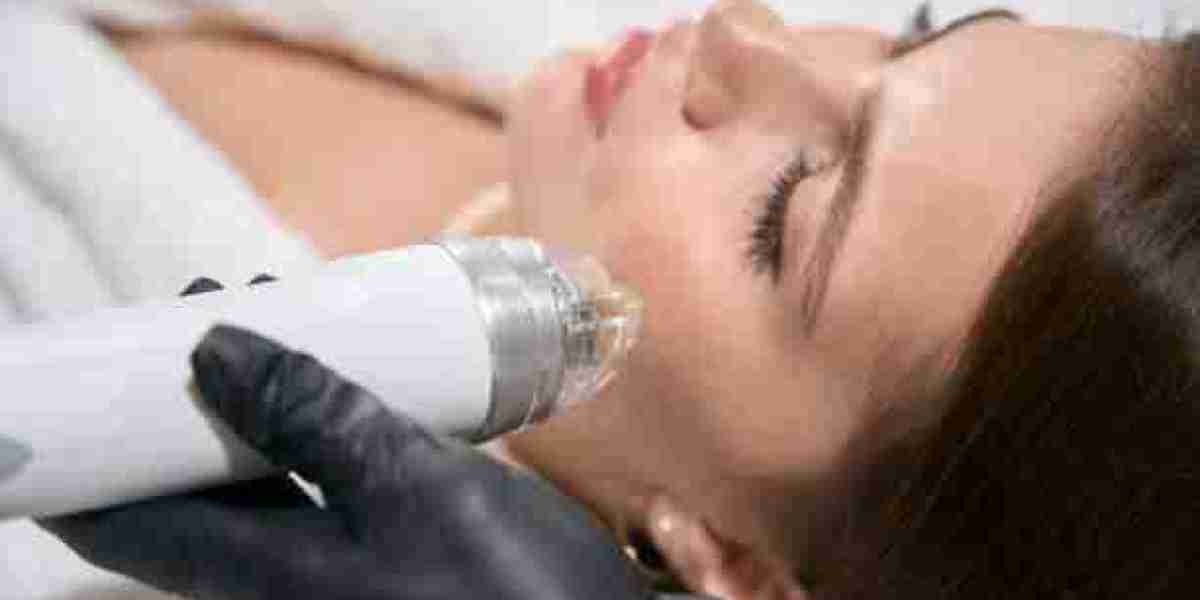When it comes to modern skincare, innovative treatments continue to reshape how we care for our skin. One such breakthrough is microneedling, and at the forefront of this technique is the Derma Pen. This device has gained immense popularity for its ability to promote healthier, younger-looking skin without invasive procedures. Understanding what the Derma Pen is, how it works, its benefits, and the proper aftercare can help you decide if this treatment fits your skincare goals.
What Is the Derma Pen?
The Derma Pen is a handheld microneedling device designed to improve the skin’s texture and appearance by creating tiny, controlled micro-injuries on the skin’s surface. These micro-injuries stimulate the body’s natural healing response, encouraging collagen and elastin production, essential proteins that maintain skin firmness and elasticity. Unlike traditional microneedling rollers, the Derma Pen uses a vertical stamping motion, which allows for greater precision and reduces the risk of skin trauma.
How Does the Derma Pen Work?
By penetrating the skin with fine needles, the Derma Pen triggers a healing cascade. This process starts with the body recognizing the micro-injuries and sending essential growth factors to repair the skin. Collagen remodeling takes place, helping to reduce fine lines, scars, stretch marks, and uneven skin tone. Because the procedure targets deeper skin layers without damaging the outermost layer, recovery time is generally quicker compared to other invasive treatments.
Key Benefits of Derma Pen Treatment
Using the Derma Pen offers several advantages that make it a favored option among skincare enthusiasts and professionals alike. One major benefit is its versatility—it can address a wide range of skin concerns including acne scars, wrinkles, enlarged pores, and pigmentation issues. Additionally, it enhances the absorption of topical serums and skincare products, allowing active ingredients to penetrate deeper for better results.
Another significant advantage is that the procedure is minimally invasive with little discomfort and downtime. This means you can often return to your daily routine shortly after treatment. The gradual collagen boost also results in natural-looking improvements over time, unlike treatments that give instant but artificial effects.
What to Expect During a Derma Pen Session
A typical Derma Pen session begins with thorough cleansing of the skin to remove oils and impurities. Next, a numbing cream may be applied to minimize any discomfort during the procedure. The device is then gently moved across the treatment area, creating tiny punctures. Depending on the skin issue and area treated, the session usually lasts between 30 to 60 minutes.
After the procedure, a soothing serum or mask is often applied to calm the skin and aid in healing. Most patients notice redness and slight swelling immediately afterward, which typically subsides within a few days. The full effects of treatment usually appear gradually over weeks as collagen production increases.
Essential Aftercare Tips for Derma Pen Treatment
Proper aftercare following a Derma Pen session is crucial to maximize results and minimize potential side effects. Avoid direct sun exposure and always use broad-spectrum sunscreen to protect your skin from UV damage, which can hinder healing. It’s also important to keep the skin hydrated with gentle, fragrance-free moisturizers and avoid harsh skincare products such as retinoids or acids for at least a week.
During the healing process, avoid excessive sweating or swimming, as sweat and waterborne bacteria may increase the risk of infection. Cleansing your skin gently with lukewarm water and a mild cleanser can help maintain a clean environment for optimal repair. Following these steps will support the skin’s natural recovery and enhance the benefits of the treatment.
Who Can Benefit from Derma Pen Microneedling?
The Derma Pen is suitable for most skin types and tones, making it an accessible option for many individuals looking to improve skin texture and tone. It is especially effective for people struggling with acne scars, fine lines, hyperpigmentation, and uneven skin. However, those with certain skin conditions such as active eczema, psoriasis, or severe acne should consult with a skincare professional before undergoing treatment.
Pregnant or breastfeeding women and individuals prone to keloid scarring may also need to avoid microneedling. Overall, the Derma Pen offers a non-invasive, customizable solution that can be tailored to meet specific skin concerns.
Combining Derma Pen with Other Treatments
For enhanced results, the Derma Pen treatment is often combined with other skincare procedures like platelet-rich plasma (PRP) therapy, vitamin C serums, or hyaluronic acid treatments. These combinations work synergistically to boost collagen production and hydrate the skin deeply, accelerating the healing process and improving overall skin health.
In addition, regular use of sunscreen and a proper skincare routine complement Derma Pen treatments by protecting and maintaining the skin’s newly rejuvenated condition.
Long-Term Benefits and Maintenance
The improvements seen after Derma Pen microneedling are not just temporary. Since the procedure stimulates your body’s natural collagen production, the effects can last for months, with continued improvement over time. For sustained benefits, periodic maintenance sessions every few months are recommended based on your skin’s response and goals.
By investing in consistent treatments and following recommended aftercare, many people enjoy smoother, firmer, and more radiant skin long-term.
Frequently Asked Questions about Derma Pen
How soon will I see results after Derma Pen treatment?
You may notice immediate skin tightening and glow, but the full benefits typically develop gradually over 4 to 6 weeks as collagen rebuilds.
Is Derma Pen treatment painful?
Most patients experience minimal discomfort, especially with the use of numbing cream. The sensation is often described as mild tingling or pricking.
Can Derma Pen be used on sensitive skin?
Yes, the treatment can be adjusted to suit sensitive skin types by using shorter needle lengths and gentler techniques.
How many Derma Pen sessions are needed for optimal results?
While one session can provide noticeable improvement, a series of 3 to 6 treatments spaced a few weeks apart is often recommended for best outcomes.




